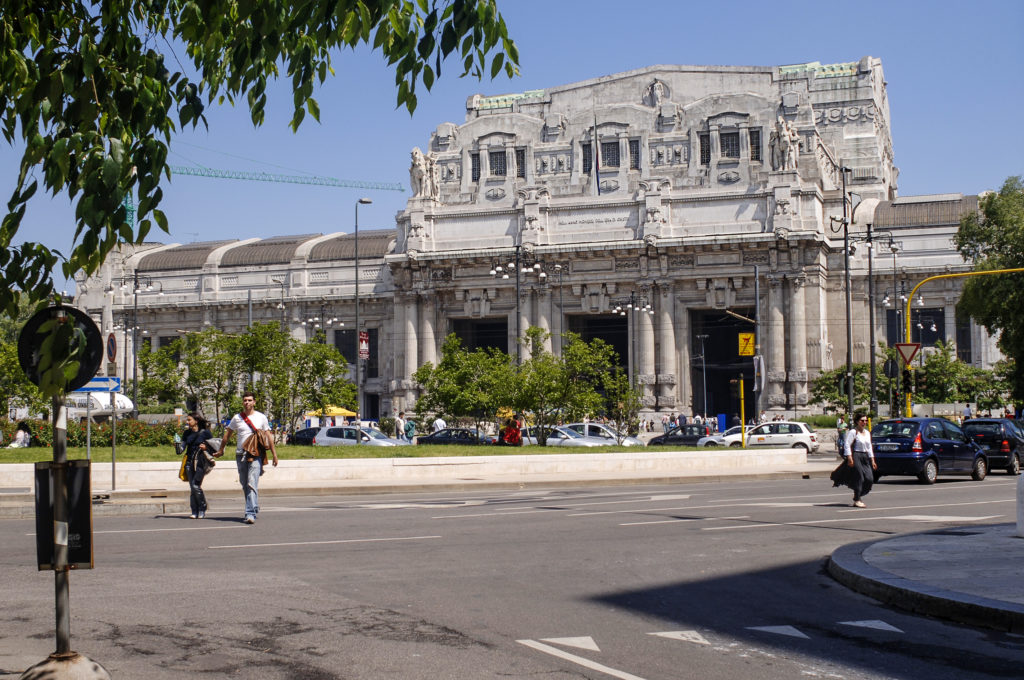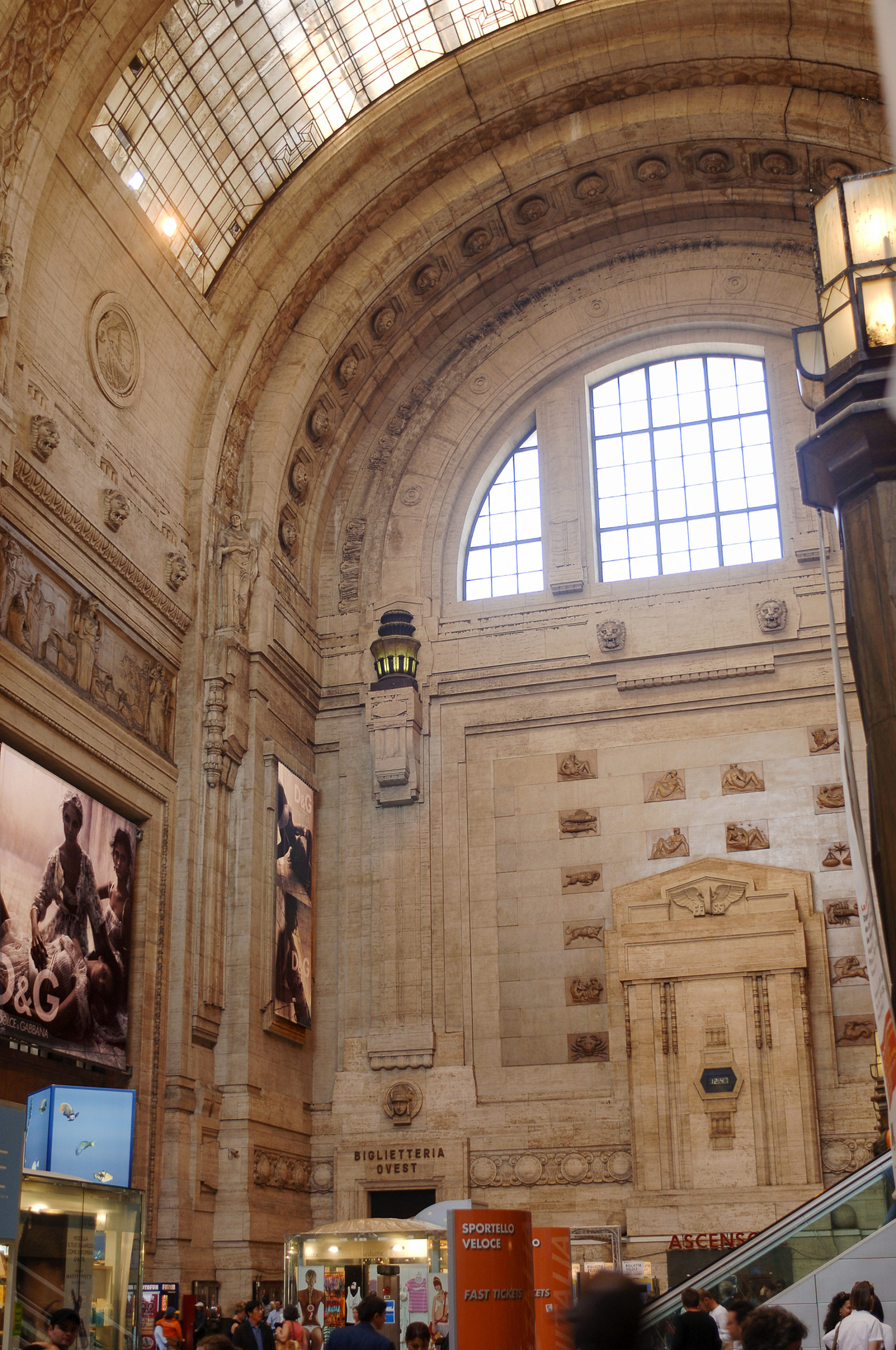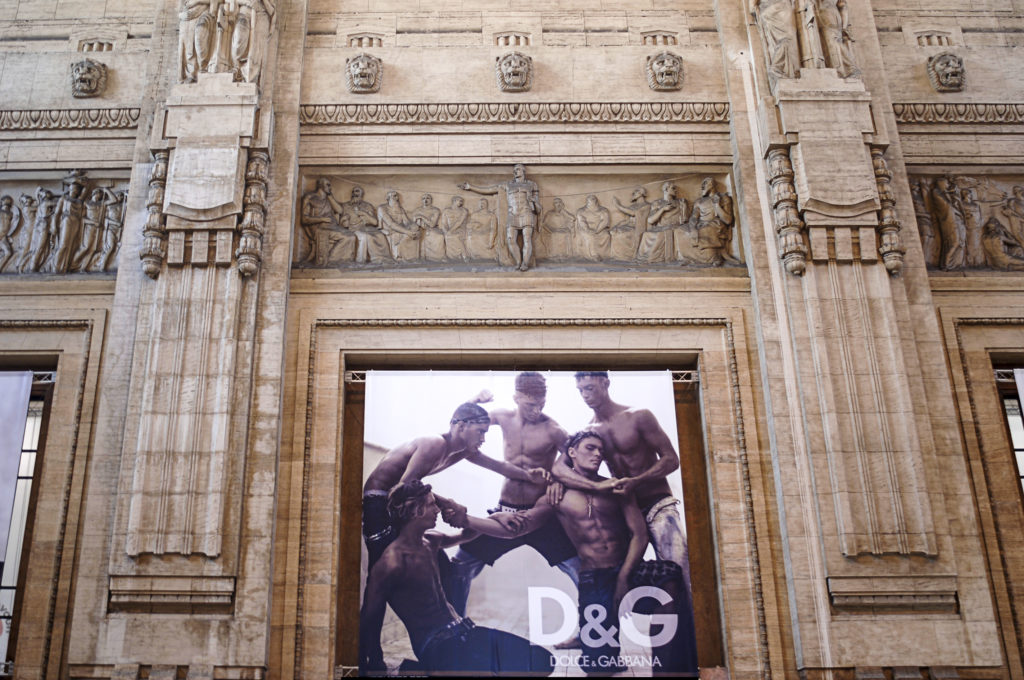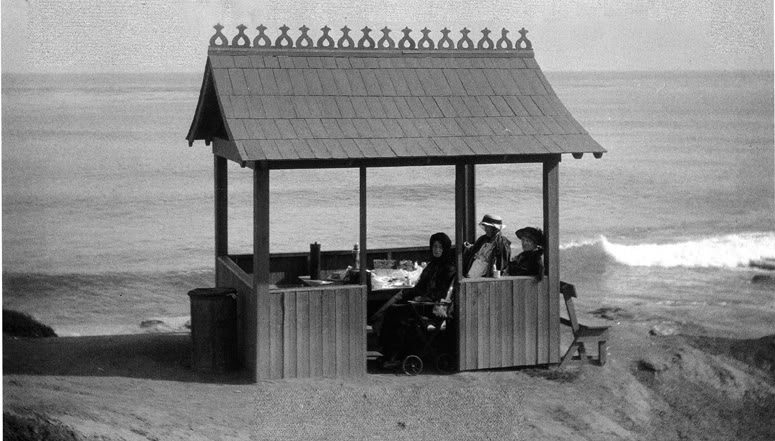2009 marks the 40th year since we last saw the graceful San Diego Coronado Ferry Boats. This part of San Diego history is remembered fondly by many of us who rode these wonderful vessels. There was kind of smell associated with the ferry boats. A combination of marine air and the tar coated timber pilings at the dock.
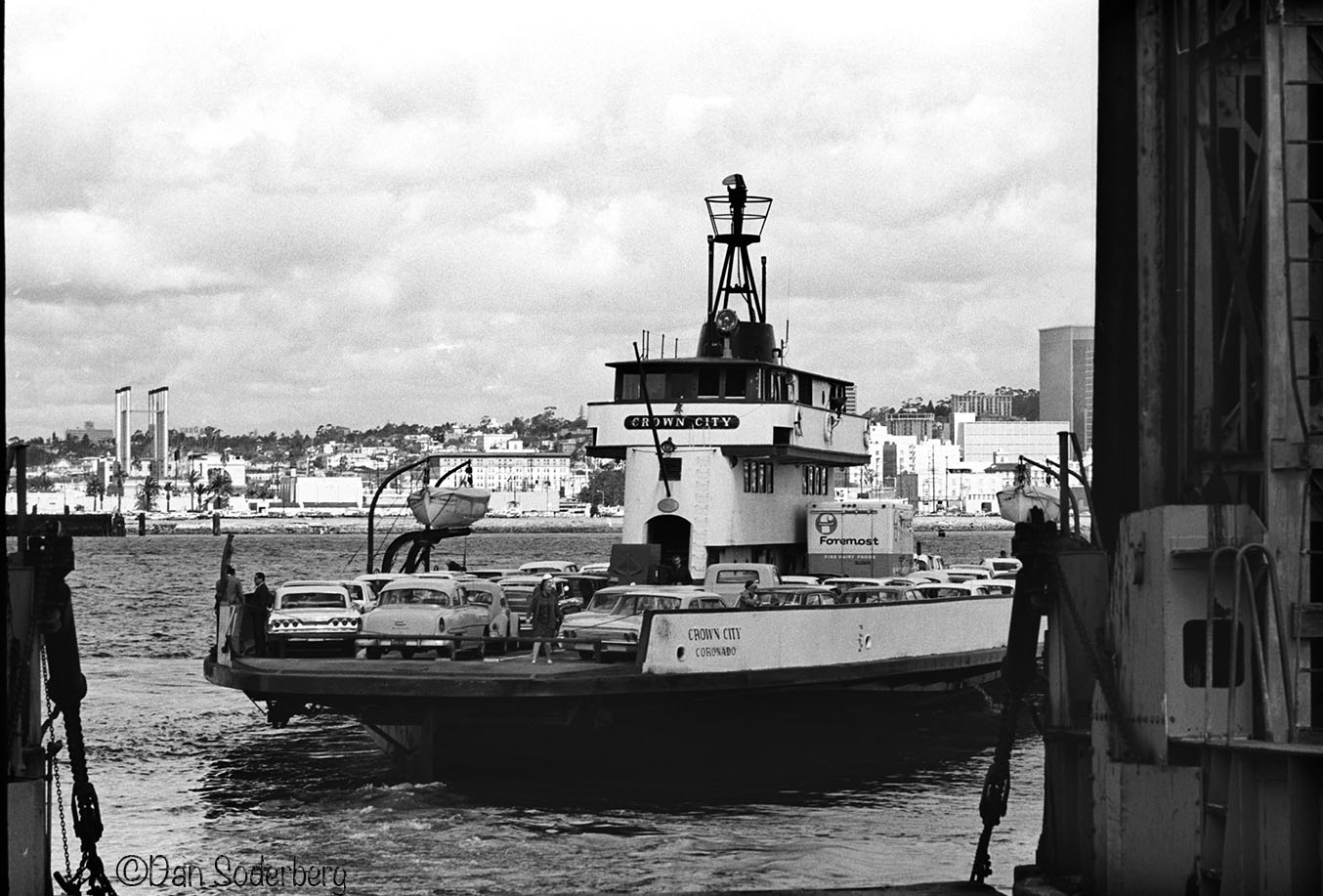
The Crown City was one of the newer sleek ferry boats. It could carry the most cars of any in the fleet. The Coronado Historical Association’s Newsletter of Spring 2008 reports it is still in service at Martha’s Vineyard.

The Coronado went to Argentina and served on the Amazon River. It is reported she is beached and abandoned somewhere there.

The San Diego skyline from the Coronado ferry dock. Not so big and built up as we know it today.

The ferry boats were basically an extension of Harbor Drive. Here you can barely make out the the Harbor House Restaurant sign.

The San Diego is aground on the banks of the Sacramento River. The Coronado Historical Association indicates there were repeated efforts to bring her back to San Diego to be adaptively reused as a dinner boat. But no such success. UPDATE: The San Diego was finally taken apart for scrap. She is no more.

The handsome San Diego Coronado Ferry offices.

The bridge that replaced the ferry boats is a great achievement and an important element of our cityscape. But we missed a great opportunity to save part of San Diego’s history by letting all the ferry boats go away.  They were an iconic part of San Diego’s identity for so many years, and added a lot of character to our port. No doubt in my mind if one had been kept in service here for harbor cruises or a party boat, it would have been a very popular tourist attraction. Is all hope gone to ever bring one back for that?
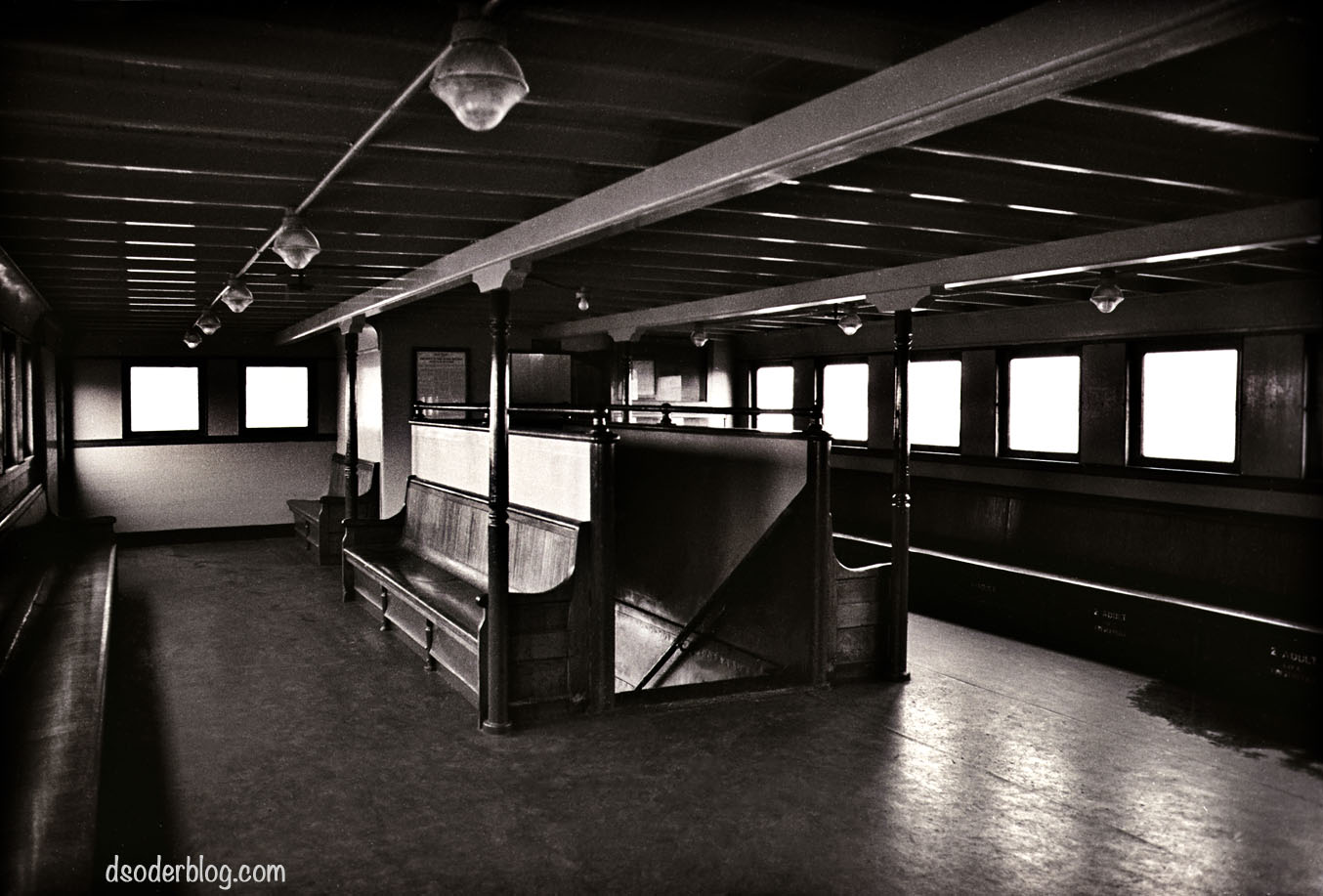
The passenger deck. Gorgeous wood interior – benches, rails, banisters. Brass fittings. Very craftsman.

Stairs from the auto deck to the passenger deck. Note the city bus on the right.




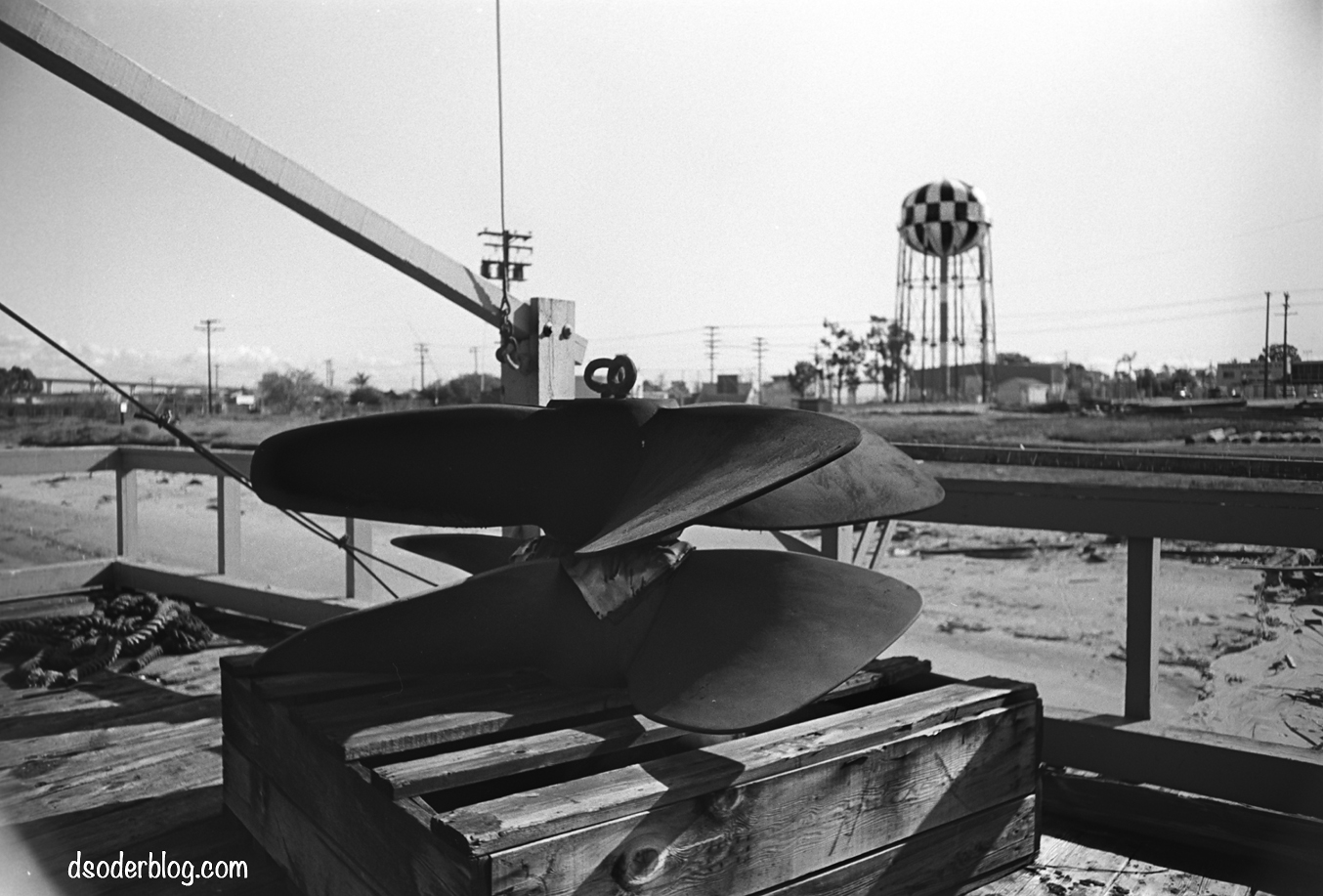

The San Diego crossing toward Coronado

Cable Crossing Don’t Anchor West


City Bus Route on the ferry.

The Coronado departing Coronado.

The Crown City with Coronado and North Island in the background. Shot from one of the other ferry boats.

Coronado Ferry Landing
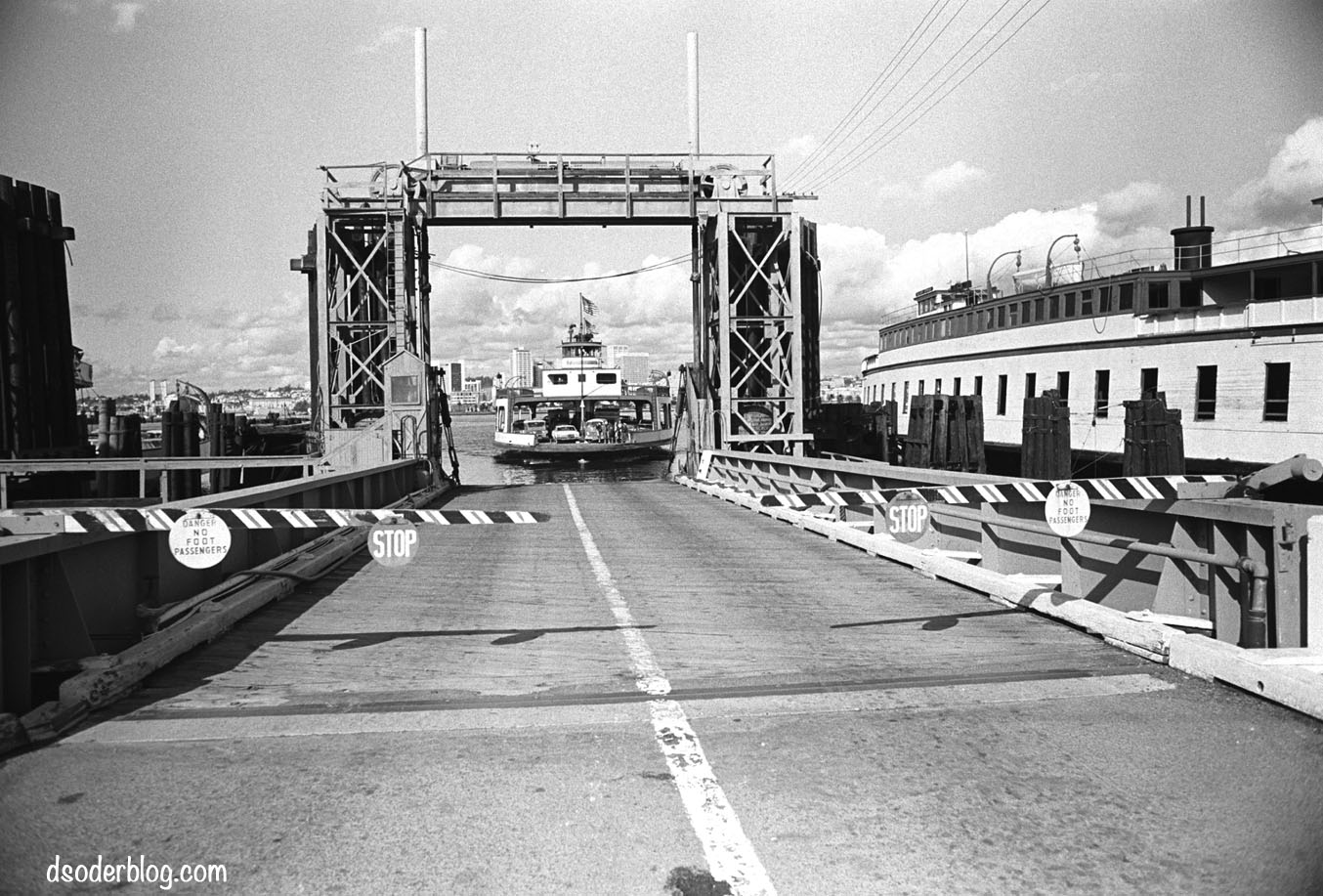
The ferry boat on the right was the Silver Strand, which appears to have been moth-balled at this point.

The inactive Silver Strand.

The apparently moth balled Silver Strand and North Island. Tied up at a rather cluttered repair and maintenance dock.

While autos obviously drove onto the ferry, passengers had a separate ramp.

Pedestrian Passengers came aboard the upper deck.


The San Diego loading cars and passengers in Coronado.

The San Diego leaving Coronado

The Crown City boarding cars at Coronado. Note the Western Metal building in the background

The easy-on-the-eye San Diego skyline of January 1969 – and jet landing.

The view of the San Diego ferry landing from the Coronado ferry landing. Several sites in good view here. Old City Hall (County Admin Building), Harbor House Restaurant, The SDG&E Power station, and before the Power station is the Old Police Headquarters.

Ferry passenger ramps, Coronado terminal.
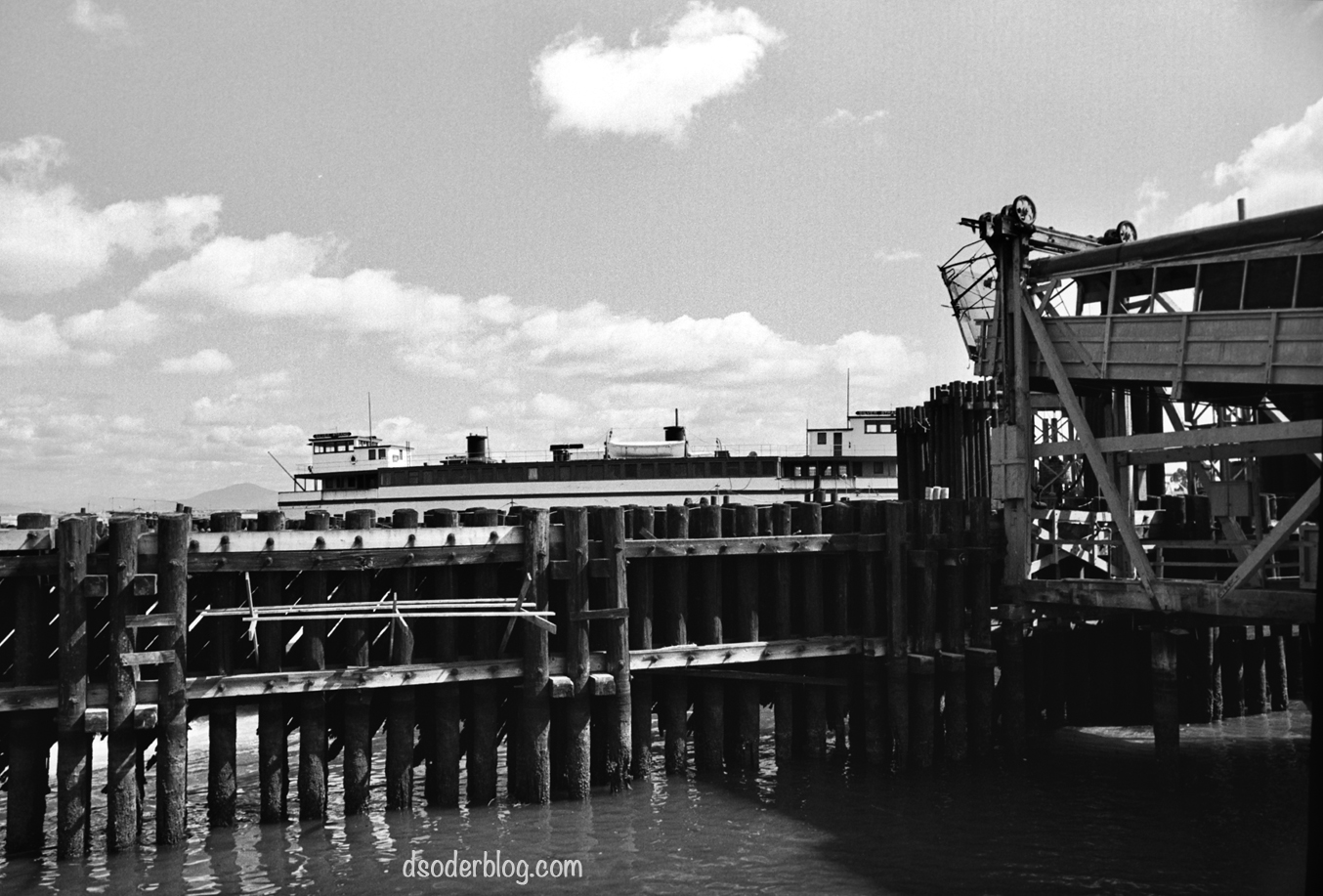
Looking over to the moth balled Silver Strand ferry boat. Some of the windows are boarded.

The Crown City heading to San Diego.

The Coronado.

The Coronado once more.

The San Diego.

A past facing the future.



The Crown City

The inactive Silver Strand


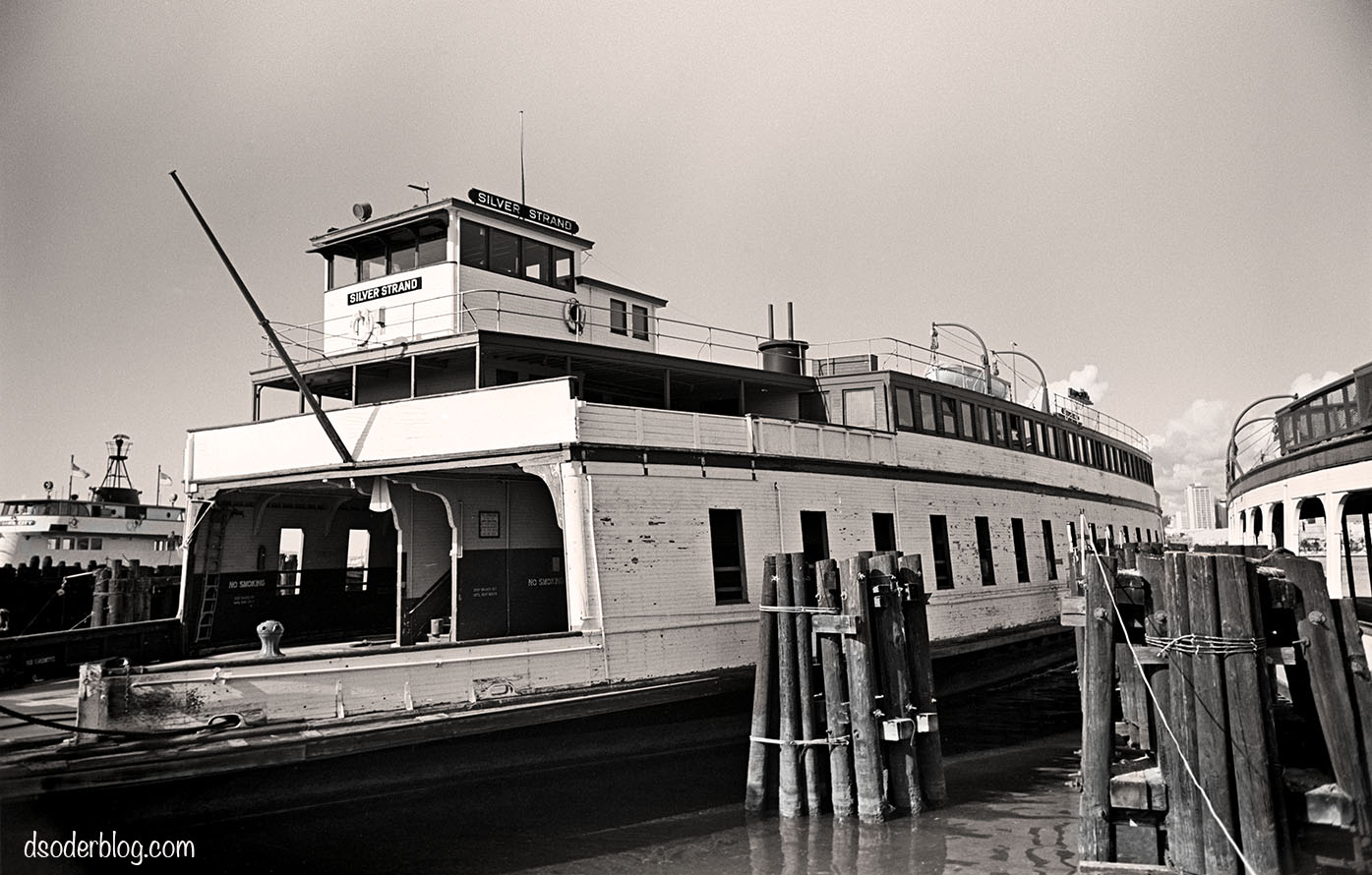

The Coronado






Life boat aboard The San Diego.


Certificate courtesy of Steve Lieber.








